Loaded and empty East Broad Top coal trains meet at Kimmel, Pa., in March 1956, shortly before service ended on the beloved narrow-gauge line. John Krause photo […]
Snowy meet on the East Broad Top

Action may be required on your Trains.com account in order to continue accessing content. Click here to learn more.

Loaded and empty East Broad Top coal trains meet at Kimmel, Pa., in March 1956, shortly before service ended on the beloved narrow-gauge line. John Krause photo […]
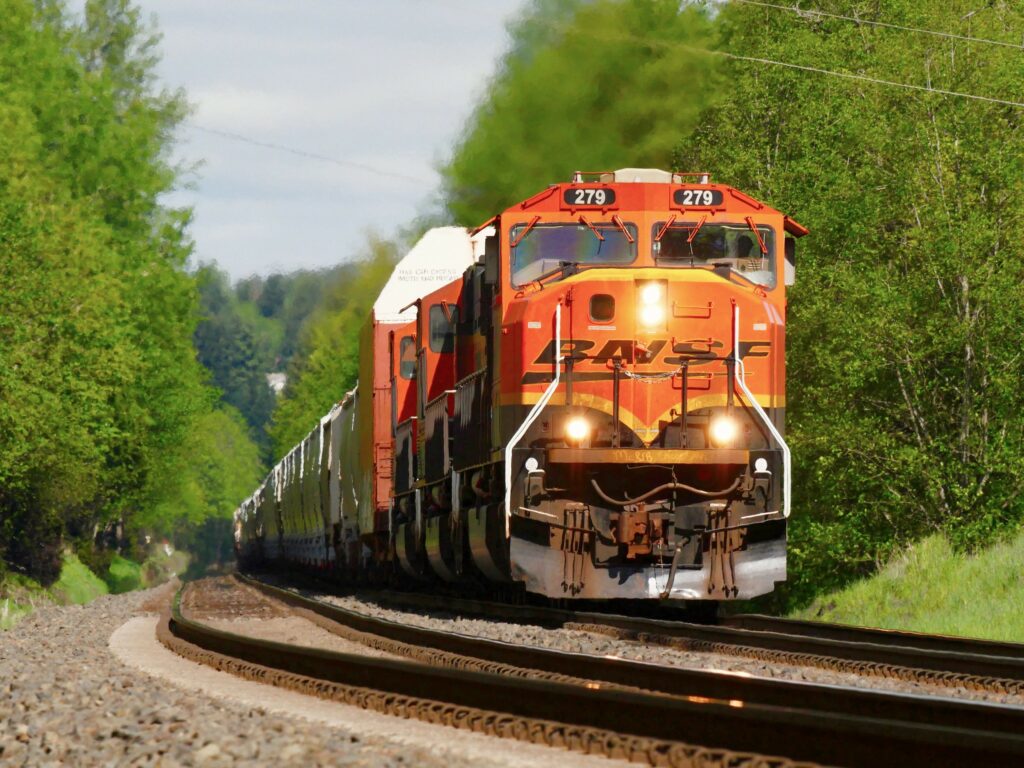
BNSF SD75 locomotives: Working out their days in the Pacific Northwest, nearly two dozen former Santa Fe and BNSF Railway SD75s have called this corner of the country home. They are now assigned some of the heaviest trains in and out of the northwest. The design of the SD75 was in part due to compete […]
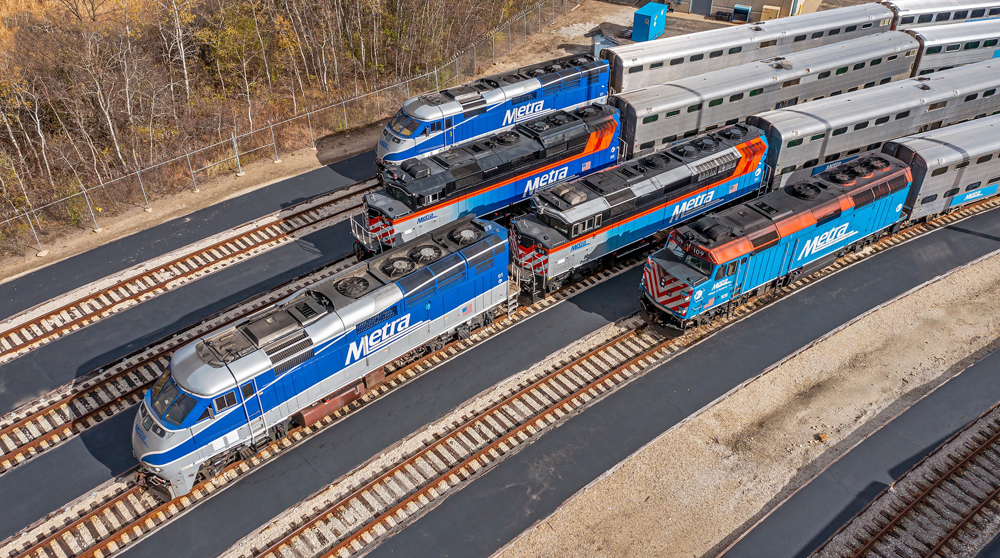
Metra’s colorful locomotive fleet is currently the most brilliant it has ever been. From its original paint scheme to its updated design first used on its MP36 fleet to a host of specially painted units to second-hand patched power. These days it’s a potpourri of colors hauling Chicago-area commuters. Let’s explore Metra’s colorful locomotive fleet. […]
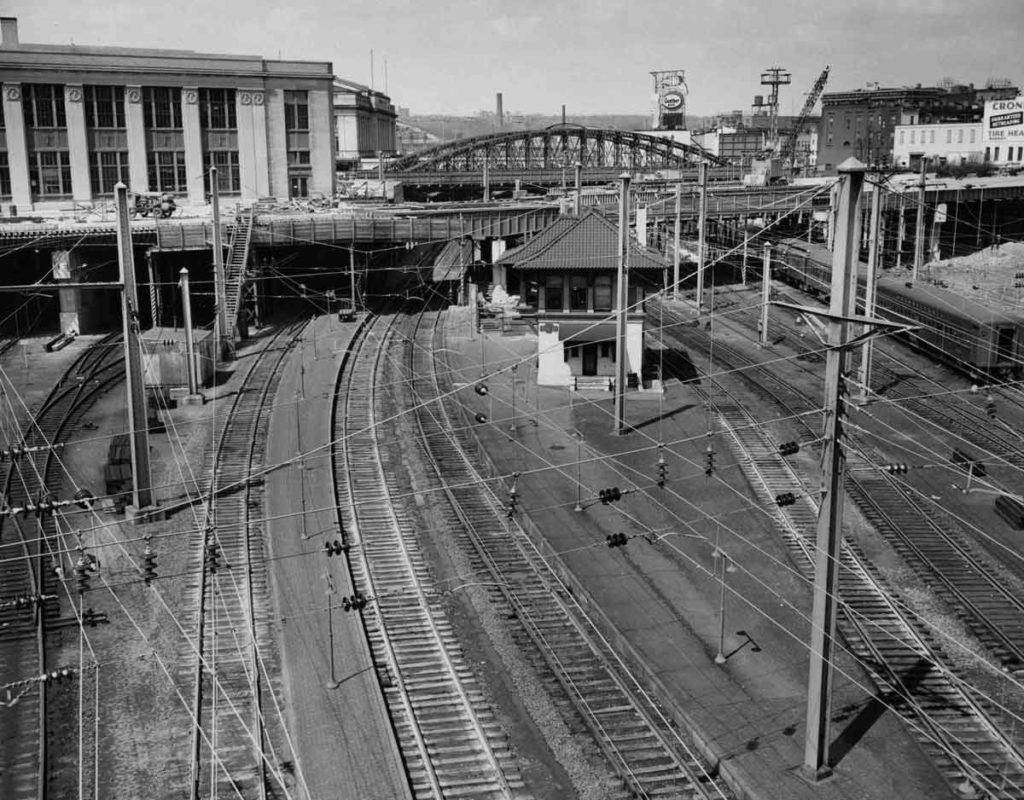
An April 1958 view in Baltimore shows PRR’s Union Junction tower, the Calvert Street bridge under construction, the city’s main post office (left), and, beyond the post office, Pennsylvania Station. Don Wood photo […]
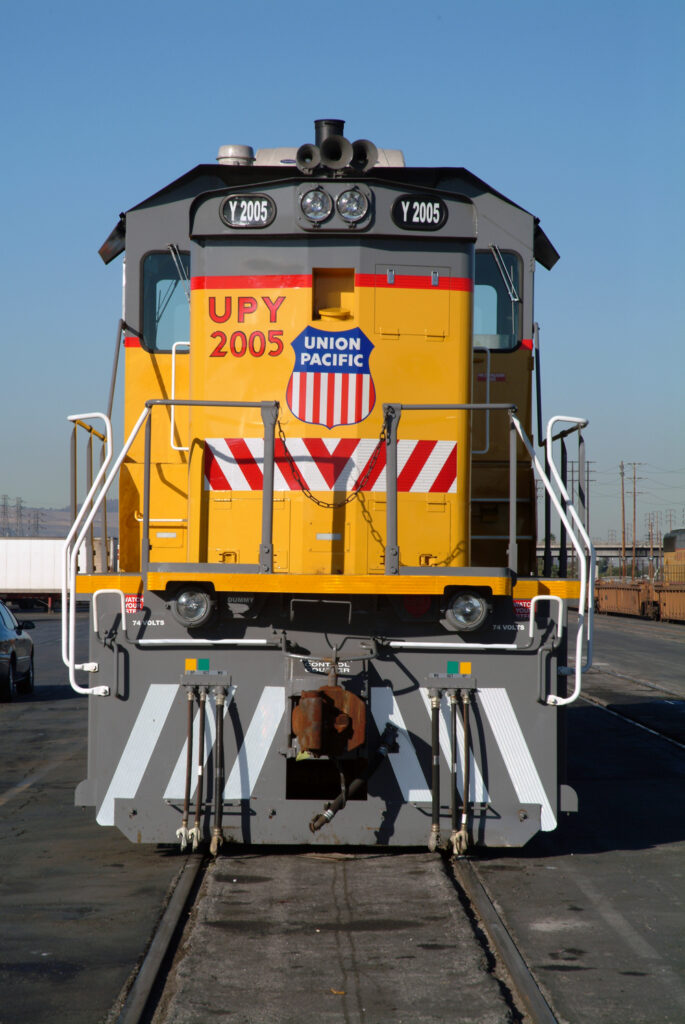
Genset locomotive Everything has an origin. For the modern genset it is Union Pacific UPY 2005. Coming in a variety of designs and sizes, gensets are designed around the concept of “power on demand.” With few exceptions, humming under their long hoods are multiple diesel truck engines — usually two or three. These engines are […]
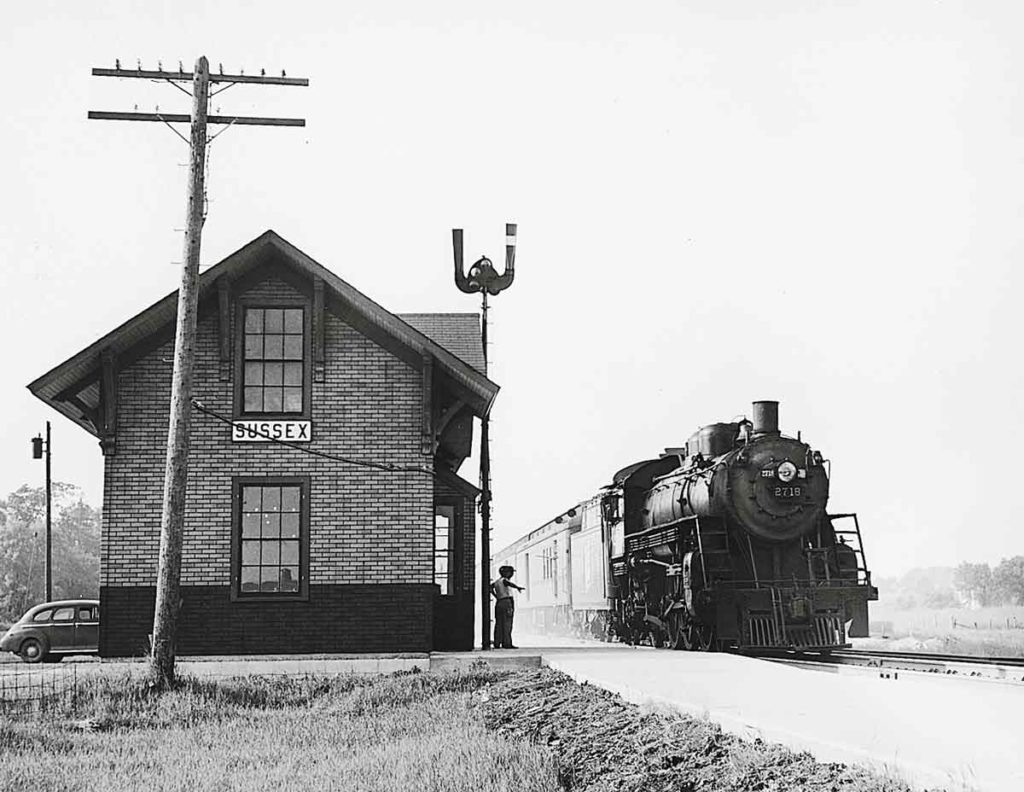
Soo Line 4-6-2 2718 is at Sussex, Wis., with Minneapolis–Chicago local train No. 2 in a view from the late 1940s or early ’50s. Classic Trains coll. […]
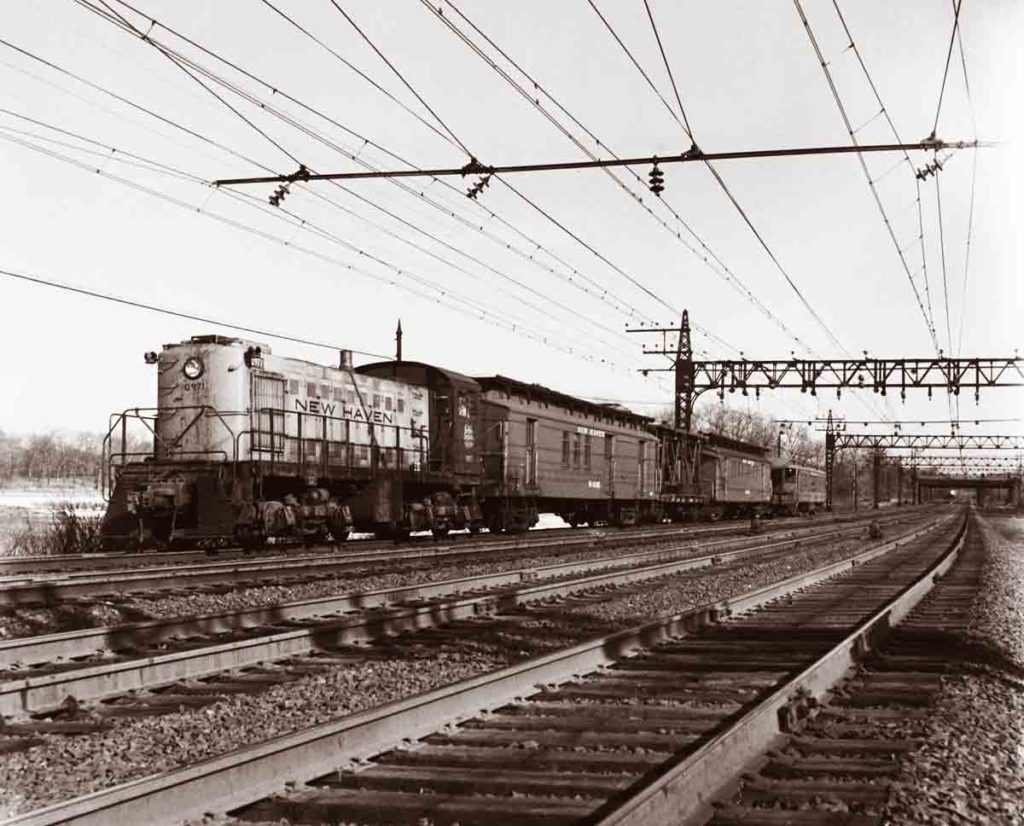
Orange-and-green Alco S1 No. 0971 leads a bright-red wire train down the New Haven Railroad’s main line at Pelham, N.Y., in the early 1950s. Bruce Owen Nett photo […]
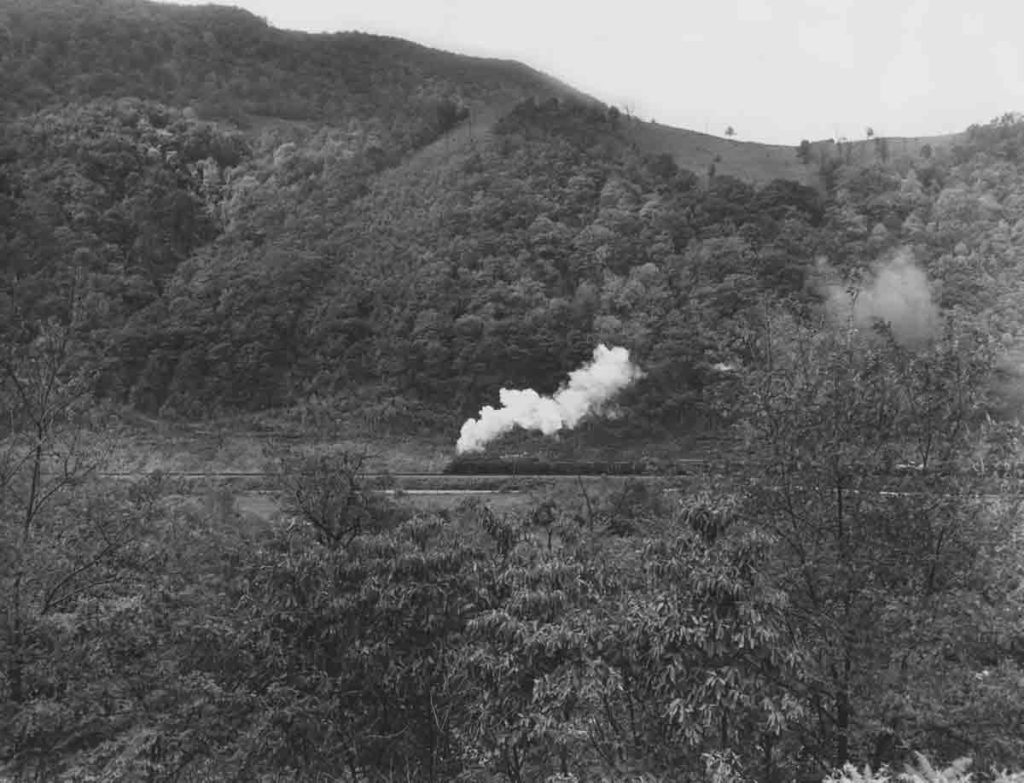
One of Norfolk & Western’s powerful homebuilt Y6-class 2-8-8-2 Mallets drifts downgrade along the New River with eastbound freight at Narrows, Va., in mid-1954, when the N&W was still unsullied by diesels. W. A. Akin Jr. photo […]
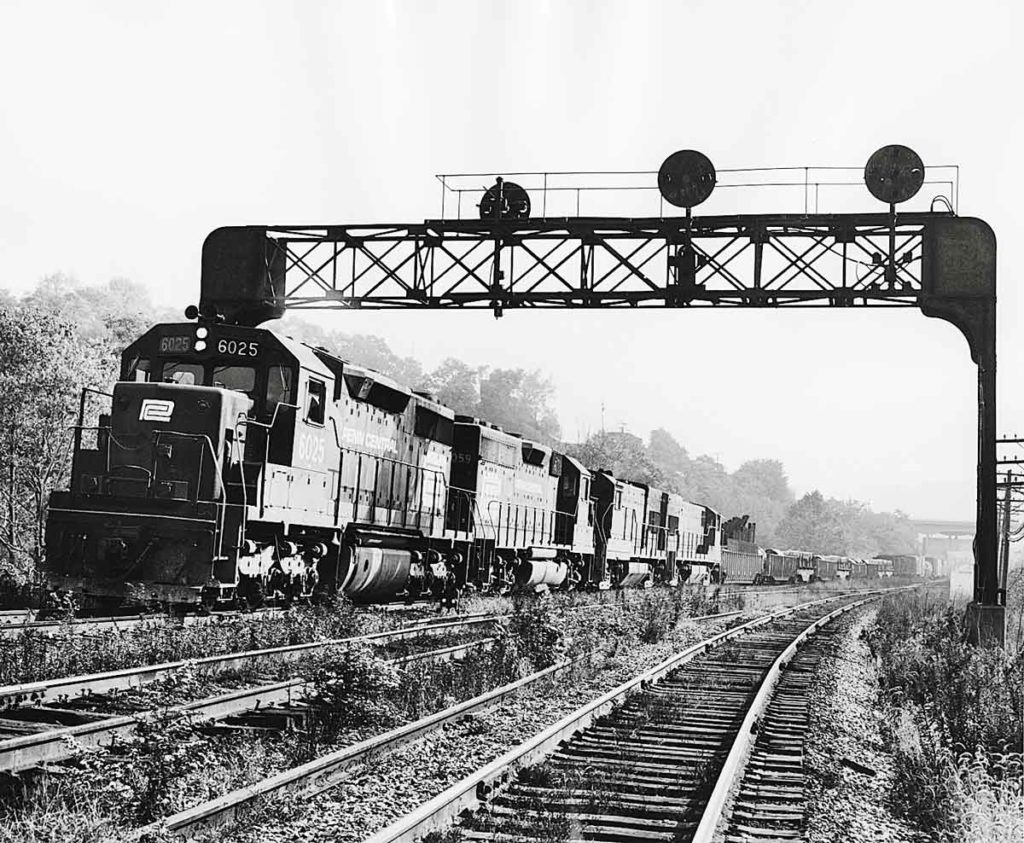
A mix of EMD and GE diesels power a westbound Penn Central freight on the former Pennsy Pittsburgh–St. Louis line at Mingo Junction, Ohio. The condition of the right of way hints at PC’s health. Jay Potter photo […]
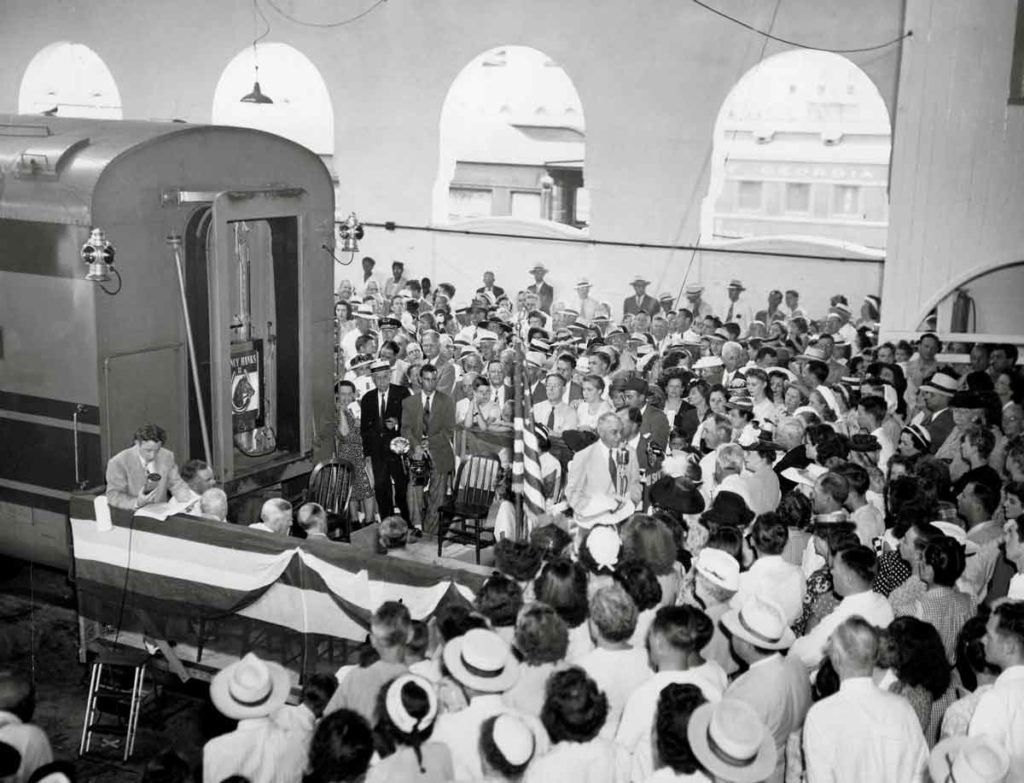
A crowd has gathered in Savannah, Ga., for the July 6, 1947, christening of Central of Georgia’s new streamliner, the Nancy Hanks II, set to enter service to Macon and Atlanta. CofG: George R. Foltz photo […]
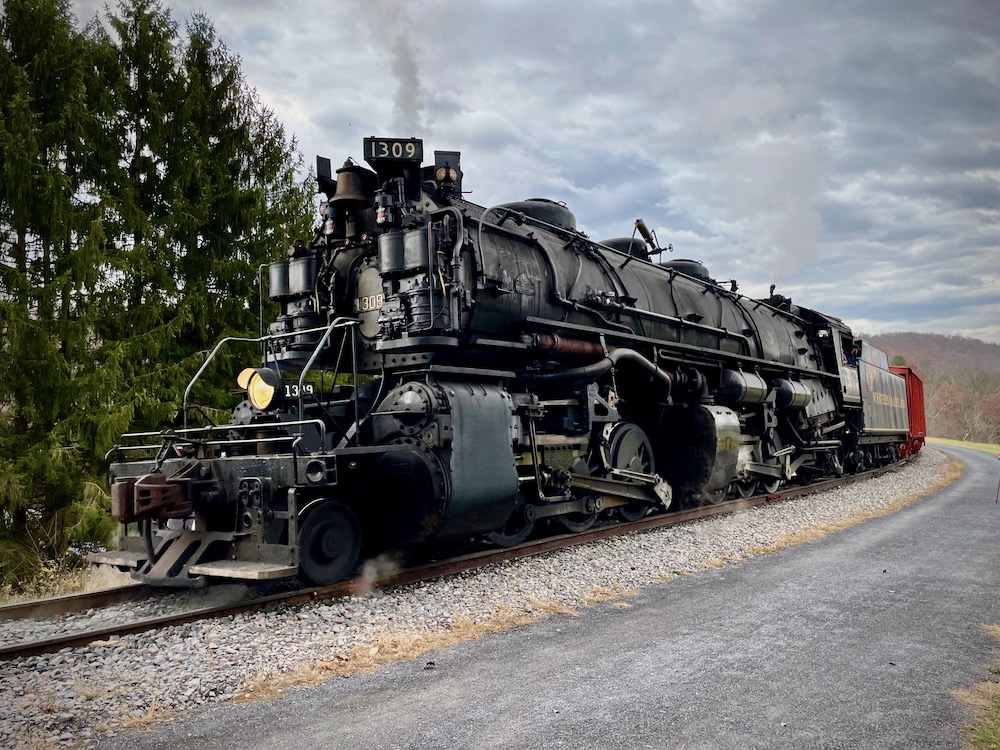
Name: Western Maryland locomotive 1309 Builder: Baldwin Locomotive Works Wheel arrangement: 2-6-6-2 Mallet (Articulated) Build date: November 1949 Why it’s important: The 1309 is one of the largest regularly operating steam locomotives in the United States. The big 2-6-6-2 originally belonged to the Chesapeake & Ohio Railway, where it was one of 10 class H-6 compound articulated […]
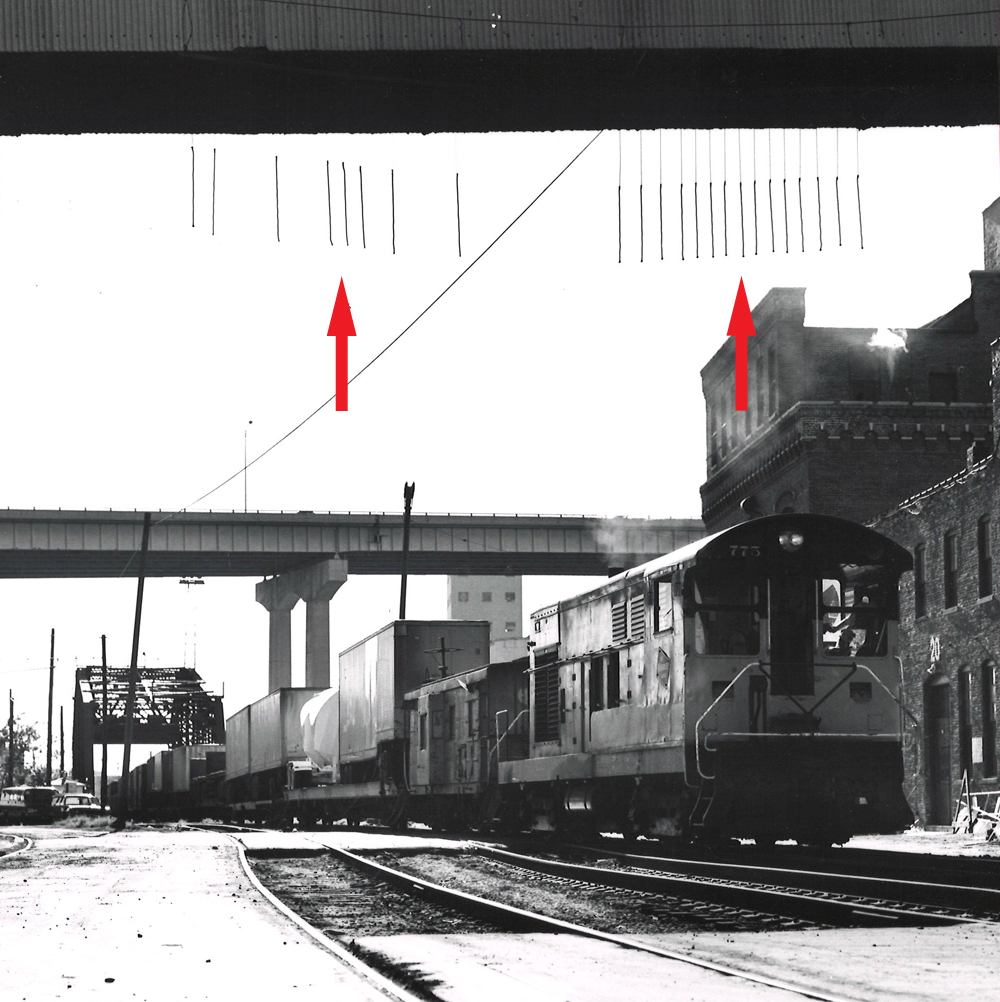
Mind-blowing railroad words Depending on how you slice it, there are easily over one million words in the English language. Ours is a dynamic tongue, ever expanding and contracting to suit current societal needs. What influences our vocabulary is also dynamic. Prevailing social trends, events, and technology, to name a few, all influence what words […]